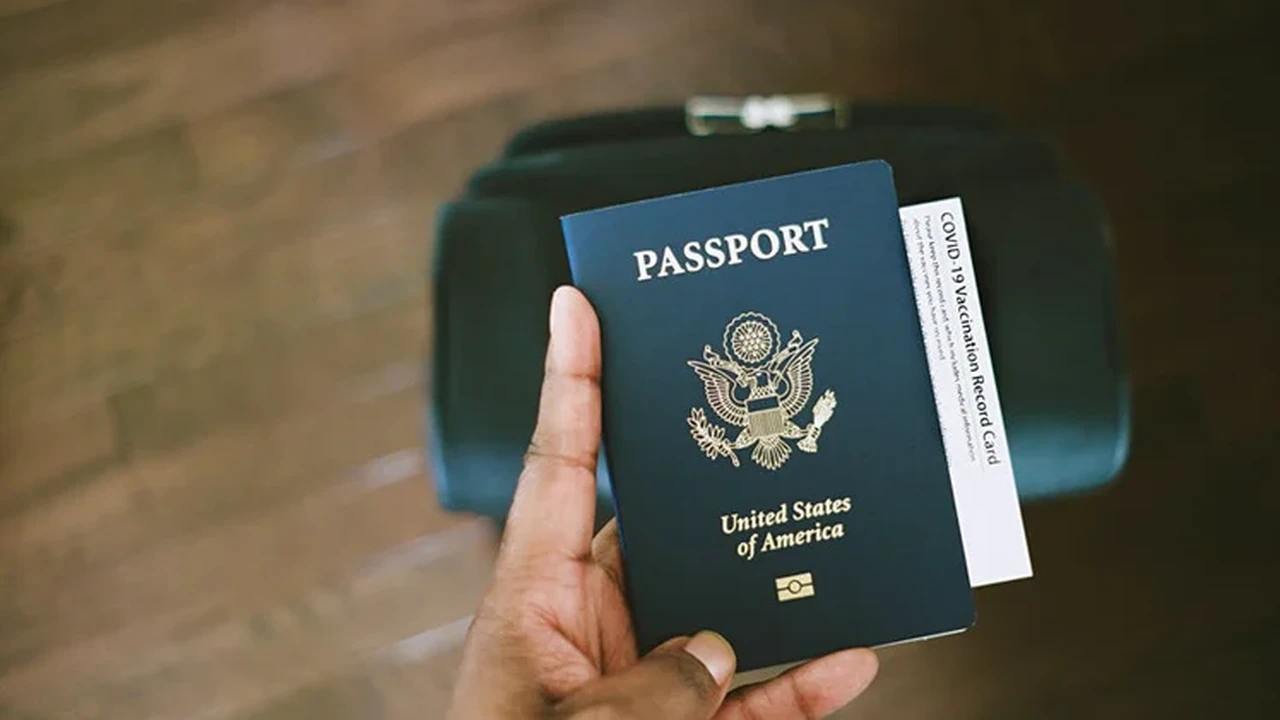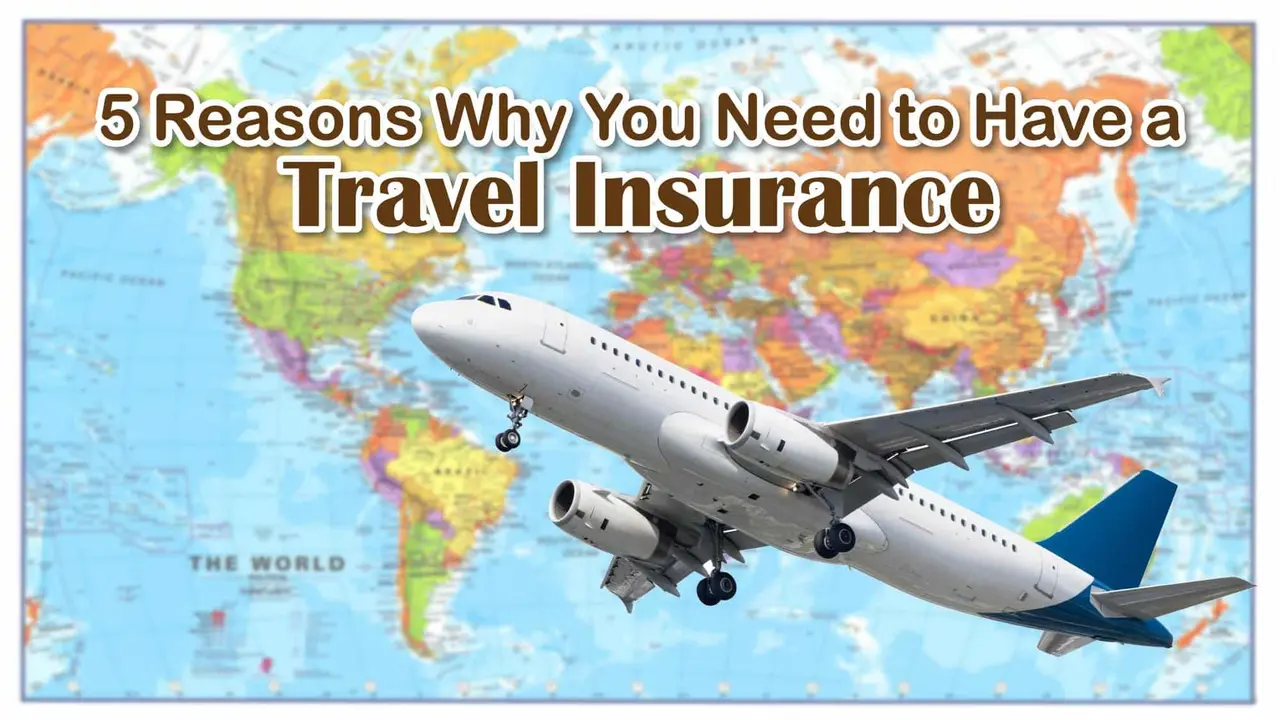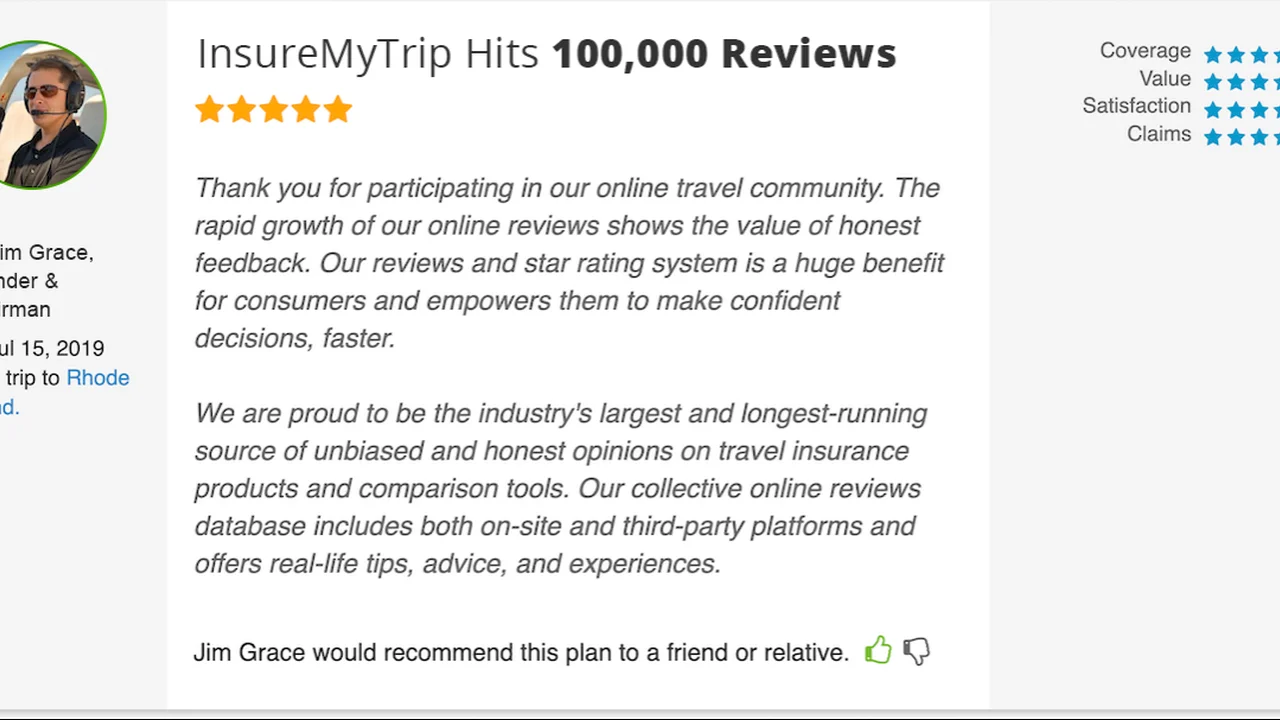The Impact of Travel Advisories on Your Insurance Coverage

Understanding Travel Advisories and Insurance Implications
So, you're planning a trip, huh? Awesome! But before you pack your bags and dream of sunshine and sangria, let's talk about something kinda boring but super important: travel advisories and your insurance. Think of travel advisories as the government's way of saying, "Hey, maybe think twice about going there." They're issued when there's a potential risk to travelers, like political instability, natural disasters, or even outbreaks of disease. The level of advisory can range from "Exercise Normal Precautions" (basically, be aware of your surroundings) to "Do Not Travel" (seriously, don't go). Ignoring these advisories can seriously mess with your travel insurance coverage. The key here is understanding how these warnings affect your policy before you book that non-refundable flight.
How Travel Advisories Affect Your Travel Insurance Coverage: A Detailed Breakdown
Okay, let's get into the nitty-gritty. Generally, if you travel to a country or region against a "Do Not Travel" advisory, your travel insurance policy might be invalidated. Think about it: the insurance company is taking a risk by insuring you, and if you're knowingly going somewhere dangerous, they might not be willing to cover you. This means if something goes wrong – you get sick, injured, or your luggage gets stolen – you could be stuck paying for everything out of pocket. Ouch!
But it's not always black and white. Some policies may still offer limited coverage, even with a travel advisory in place. It really depends on the specific wording of your policy. For example, they might cover medical emergencies but not trip cancellations or interruptions. Or, they might cover you if the advisory was issued after you booked your trip and you couldn't reasonably cancel it. Always, always read the fine print! And if you're unsure, call your insurance provider and ask them directly. Don't rely on assumptions.
Travel Insurance Coverage and Pre-Existing Conditions in High-Risk Areas
Now, let's throw another wrench into the works: pre-existing medical conditions. If you have a pre-existing condition (like diabetes, heart disease, or asthma), it's even more crucial to understand how a travel advisory might affect your coverage. Many travel insurance policies have exclusions for pre-existing conditions, meaning they won't cover medical expenses related to those conditions. If you're traveling to a high-risk area with a pre-existing condition, you'll want to look for a policy that specifically covers pre-existing conditions, or at least offers a waiver. Be prepared to pay a higher premium for this type of coverage, but it's worth it for the peace of mind.
Trip Cancellation Insurance and Travel Advisory Updates
So, what happens if a travel advisory is issued after you've already booked your trip? This is where trip cancellation insurance comes in handy. Most trip cancellation policies will cover you if a travel advisory is issued for your destination and you choose to cancel your trip. However, there are usually specific requirements. For example, the advisory might need to be at a certain level (like "Do Not Travel") or issued within a certain timeframe before your departure date. Again, read the policy carefully! And be aware that some policies might only cover the non-refundable portion of your trip, so factor that in when you're deciding whether to cancel.
Medical Evacuation Coverage: Crucial for High-Risk Destinations
Imagine this: you're hiking in a remote area of a country with a travel advisory, and you break your leg. Getting you to a hospital could be a major challenge. That's where medical evacuation coverage comes in. This type of coverage pays for the cost of transporting you to the nearest appropriate medical facility, which could involve helicopters, air ambulances, or even specially equipped ground transportation. Medical evacuations can be incredibly expensive, so this is a must-have for anyone traveling to a high-risk destination.
Choosing the Right Travel Insurance Policy for Your Trip: A Practical Guide
Okay, so how do you actually choose the right travel insurance policy? First, consider your destination and the level of travel advisory (if any). Second, think about your personal circumstances, like your age, health, and travel style. Are you an adventurous traveler who likes to go off the beaten path? Or are you more of a relaxed beach vacationer? Your insurance needs will vary depending on your answer. Third, compare policies from different providers. Don't just focus on the price; look at the coverage limits, exclusions, and deductibles. And finally, read the fine print! Seriously, it's worth the time. Look for policies that offer comprehensive coverage, including trip cancellation, trip interruption, medical expenses, medical evacuation, and baggage loss or delay. And make sure the policy covers any specific activities you plan to do, like scuba diving or mountain climbing.
Specific Travel Insurance Product Recommendations: Features, Pricing, and Use Cases
Alright, let's get down to brass tacks and talk about some specific travel insurance products. Remember, these are just examples, and the best policy for you will depend on your individual needs.
World Nomads: The Adventure Traveler's Go-To Insurance
World Nomads is a popular choice for adventure travelers and backpackers. They offer comprehensive coverage for a wide range of activities, including hiking, climbing, and water sports. They also have a good reputation for handling claims quickly and efficiently. Their policies typically include coverage for trip cancellation, trip interruption, medical expenses, medical evacuation, and baggage loss or delay.
Use Cases: Ideal for backpacking trips, adventure travel, and extended stays abroad. Great for activities like hiking, camping, diving, and climbing. Also suitable for digital nomads who need coverage while working remotely in different countries.
Pricing: Prices vary depending on your destination, length of trip, and age, but you can expect to pay around $100-$300 for a two-week trip to a moderately risky destination. A sample quote for a 30-year-old traveling to Thailand for two weeks might be around $150.
Pros: Comprehensive coverage, good reputation for claims handling, flexible policy options.
Cons: Can be more expensive than some other options, may not be the best choice for travelers with pre-existing conditions.
Allianz Travel Insurance: A Reliable Option for Families and Leisure Travelers
Allianz Travel Insurance is a well-established company that offers a variety of policies to suit different needs. They have plans specifically designed for families, cruises, and other types of leisure travel. Their policies typically include coverage for trip cancellation, trip interruption, medical expenses, and baggage loss or delay. They also offer 24/7 customer support.
Use Cases: Suitable for family vacations, cruises, and other types of leisure travel. Good for travelers who want a reliable and well-established insurance provider.
Pricing: Prices are generally competitive, ranging from $50-$200 for a two-week trip to a popular tourist destination. A sample quote for a family of four traveling to Disney World for a week might be around $100.
Pros: Wide range of policy options, competitive pricing, 24/7 customer support.
Cons: May not be the best choice for adventure travelers, claims process can sometimes be slow.
Travel Guard: Customizable Coverage for Specific Needs
Travel Guard offers a range of customizable travel insurance policies, allowing you to tailor your coverage to your specific needs. They have options for trip cancellation, trip interruption, medical expenses, baggage loss or delay, and even rental car insurance. They also offer a "cancel for any reason" upgrade, which allows you to cancel your trip for any reason and receive a partial refund.
Use Cases: Ideal for travelers who want to customize their coverage to their specific needs. Good for travelers who want the option to cancel their trip for any reason.
Pricing: Prices vary depending on the level of customization, but you can expect to pay around $75-$250 for a two-week trip to a moderately risky destination. The "cancel for any reason" upgrade will add to the cost.
Pros: Highly customizable coverage, "cancel for any reason" upgrade available, good customer service.
Cons: Can be more expensive than some other options, the "cancel for any reason" upgrade is not available in all states.
Comparing Travel Insurance Products: A Side-by-Side Analysis
Let's break down the key differences between these three providers to help you make a more informed decision.
| Feature | World Nomads | Allianz Travel Insurance | Travel Guard |
|---|---|---|---|
| Target Audience | Adventure travelers, backpackers, digital nomads | Families, leisure travelers | Travelers who want customizable coverage |
| Coverage | Comprehensive, includes adventure activities | Standard coverage, options for families and cruises | Highly customizable, options for specific needs |
| Pricing | Generally more expensive | Competitive | Varies depending on customization |
| Customer Service | Good reputation for claims handling | Reliable, 24/7 support | Good customer service |
| "Cancel for Any Reason" Option | No | No | Yes (upgrade available) |
Navigating Travel Insurance Claims in Challenging Situations
Making a travel insurance claim can be stressful, especially if you're already dealing with a difficult situation. Here are a few tips to help you navigate the claims process smoothly:
- Document everything: Keep copies of all your travel documents, including your insurance policy, flight tickets, hotel reservations, and medical records. Take photos of any damaged or lost items.
- Report incidents promptly: Report any incidents (like theft or injury) to the local authorities and obtain a police report.
- Contact your insurance provider as soon as possible: Notify your insurance provider of the incident and ask about the claims process.
- Fill out the claim form accurately and completely: Provide all the required information and documentation.
- Follow up regularly: Check the status of your claim and respond to any requests from the insurance provider promptly.
- Be patient: The claims process can take time, so be prepared to wait.
And remember, if you're having trouble with your claim, don't hesitate to seek assistance from a consumer protection agency or a travel insurance ombudsman.
The Importance of Reading the Fine Print: Exclusions and Limitations to Watch Out For
We've said it before, and we'll say it again: read the fine print! Travel insurance policies often have exclusions and limitations that can affect your coverage. Here are some common ones to watch out for:
- Pre-existing medical conditions: Many policies exclude coverage for pre-existing conditions.
- Risky activities: Some policies exclude coverage for certain risky activities, like extreme sports or mountaineering.
- Alcohol and drug use: Policies typically exclude coverage for incidents that occur while you're under the influence of alcohol or drugs.
- Unattended belongings: Policies may not cover theft of unattended belongings.
- Civil unrest and terrorism: Coverage for civil unrest and terrorism can be limited or excluded.
- Travel against advisories: As we've covered, traveling against a "Do Not Travel" advisory can invalidate your policy.
Understanding these exclusions and limitations will help you choose a policy that provides the coverage you need and avoid any unpleasant surprises later on.
Staying Informed: Resources for Travel Advisories and Insurance Updates
The world is constantly changing, and travel advisories and insurance policies can change too. Here are some resources to help you stay informed:
- Government travel advisories: Check the travel advisories issued by your government (e.g., the U.S. Department of State, the UK Foreign, Commonwealth & Development Office, or the Canadian Department of Foreign Affairs).
- Travel insurance provider websites: Visit the websites of travel insurance providers to learn about their policies and coverage options.
- Travel blogs and forums: Read travel blogs and forums to get insights from other travelers and experts.
- News articles: Stay up-to-date on travel news and trends.
By staying informed, you can make smart travel decisions and protect yourself from potential risks.
Final Thoughts: Traveling Smart and Protecting Your Investment
Traveling is an amazing experience, but it's important to be prepared. By understanding travel advisories and their impact on your insurance coverage, you can travel with confidence and peace of mind. Choose the right travel insurance policy for your needs, read the fine print, and stay informed. Happy travels!
:max_bytes(150000):strip_icc()/277019-baked-pork-chops-with-cream-of-mushroom-soup-DDMFS-beauty-4x3-BG-7505-5762b731cf30447d9cbbbbbf387beafa.jpg)






